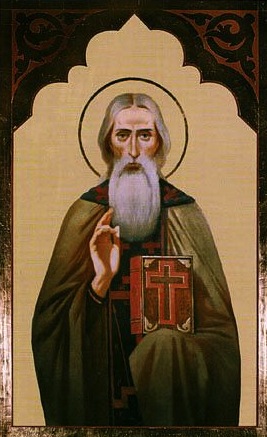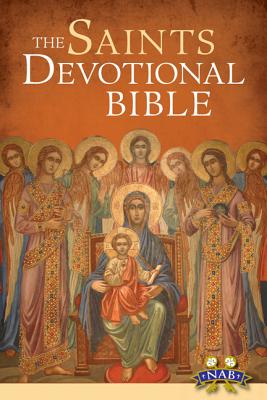Today we continue our regular series called “Learning from the Saints.” Our guide is expert Bert Ghezzi, a dear friend of mine and the author of numerous books including Voices of the Saints, Saints at Heart, and Discover Christ: Developing a Personal Relationship with Jesus.
His newest book is The Saints Devotional Bible, which illuminates the Scriptures with the saints’ own reflections. You can learn more about Bert and his work at BertGhezzi.com.
Today, Bert profiles St. Pachomius the Great, whose feast day is next week.
The first monks were solitaries, but in the fourth century communities of men and women popped up in the Egyptian desert. We regard St. Pachomius as the founder of community monasticism because he was the first to provide his followers with a written rule of life.
 As a conscript in the Roman army, Pachomius was deeply moved by the generosity some Christians showed him when he was being transported down the Nile River. So when he was discharged in 316 he became a Christian and endeavored to give his life entirely to God. For the next seven years he was a disciple of a hermit who trained him in prayer, fasting and penitence. The saint also memorized the Psalms and many Bible passages, and while he worked he reflected on them.
As a conscript in the Roman army, Pachomius was deeply moved by the generosity some Christians showed him when he was being transported down the Nile River. So when he was discharged in 316 he became a Christian and endeavored to give his life entirely to God. For the next seven years he was a disciple of a hermit who trained him in prayer, fasting and penitence. The saint also memorized the Psalms and many Bible passages, and while he worked he reflected on them.
According to legend, around 320 an angel directed Pachomius to gather monks into a community at Tabennesi, a desert wasteland along the Nile. The angel also gave him a simple rule of life, remarkable for its balance. Monks, for example, were allowed to eat or fast as they wished and were to work only as much as their strength allowed. Pachomius, however, was a strict disciplinarian, expecting total obedience and punishing offenders severely.
St. Pachomius organized his community into houses of 30 or 40 who worked at the same trade. His monastery had gardeners, blacksmiths, bakers, carpenters, and makers of baskets, nets, mats and sandals. Each house had a dean who supervised the work. The monks gathered in their units several times each day for liturgical prayer and for meals.
Pachomius’ knowledge and love for Scripture shaped the life of the community. In this meditation, for example, he exhorts his brothers to let the reality of death drive them to holiness:
“Let the soul, brothers, practice wisdom daily with respect to this material body of ours. When we come to our beds in the evening let it say to our members:
“‘O legs, how much power have you to stand up and move before you die and become motionless? Will you not now willingly stand up for your Lord?’
“‘Oh hands, the time is coming when you shall be unable to move, and when you shall never be clasped in each other again. Why then, before you come to that hour, do you not stretch yourselves out to the Lord?
“‘O body, before we are separated, rise up boldly to worship the Lord without resistance. And if you listen to me, we shall enjoy happiness together, inheriting the blessing. But if you don’t listen to me, then cursed am I that I have ever been chained to you, for on your account I–a wretched thing– shall be condemned.’
“Now, if you do this daily and consecrate yourselves, you shall become real temples of God. And since God dwells in you, the cunning and wiles of Satan shall not be able to harm you.”
Pachomius established nine communities for men and three for women, which attracted more than three thousand disciples. He died of plague in 346. His communities survived long after his death and his rule influenced the monastic tradition in both the eastern and western Church.
St. Pachomius defies the notion that monks fled to the desert to escape civilization. He built large communities that ran prosperous businesses, so there was no escape from people or commercialism. With people and trade came sin, so there was no escape from evil either. Pachomius and other monks were not so much running away from the world, as they were running to God–together.
(Image Credit: John Sanidopoulos)
Read more from Bert at his website www.BertGhezzi.com, or check out his many books on Amazon.
 |
 |
 |
 |

